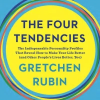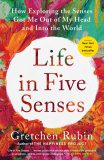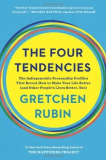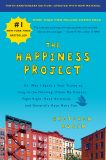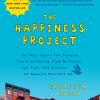

For my book about the five senses, I’d been meaning to re-read that brilliant work of children’s literature, The Phantom Tollbooth (Amazon, Bookshop)—with its beautiful descriptions of colors and sounds, and its emphasis on the importance of paying attention to the world around us.
I was very saddened to hear of author Norton Juster’s recent death, so I finally pulled the novel off the shelf. The story of Milo’s adventures was even better than I remembered.
There are so many funny little asides—as when everyone sits down in Dictionopolis to eat their words, and Milo is offered a synonym bun. Or when a character explains to Milo, “I see through things…My father sees to things, my mother looks after things, my brother sees beyond things, my uncle sees the other side of every question, and my little sister Alice sees under things,” and, he adds, “Whatever she can’t see under, she overlooks.”
But my biggest thrill from the novel came a few months ago, even before I re-read it.
I had an insight. And I have to say, I’m exhilarated by my own insight!
By way of background, ever since I was a child, I’ve wondered about the book’s title. It doesn’t make sense. Sure, there’s a tollbooth, but in the story, it’s not a “phantom”—it arrives as a mysterious gift that Milo must assemble, and when it disappears, an encouraging letter explains that it’s needed by other children. It’s magical, but it’s quite real.
Recently, I had my insight.
I’m deeply interested in aphorisms, fables, paradoxes, teaching stories, epigrams—and koans. A koan is a question, story, or statement that can’t be understood logically; Zen Buddhist monks meditate on koans as a way to abandon dependence on reason in their pursuit of enlightenment. The most famous koan is probably: “Two hands clap and there is a sound. What is the sound of one hand?”
So one afternoon, I was pondering koans, and flipping through my various books about Zen and different collections of koans (yes, this is the kind of thing I do all day, as a writer).
As I considered them, I started reflecting on the classic phrase that’s the title of a famous collection of koans. The title of this work is usually translated as The Gateless Barrier or The Gateless Gate.
Awkward wording, right?
So I was thinking about how else the phrase might be translated…
THE PHANTOM TOLLBOOTH.
I’ve never found any other discussion of the book’s title or meaning. If you know of an explanation, let me know.
Did Norton Juster deliberately, subtly allude to the history of Zen and the scholarship on koans? Or from his own imagination, did he arrive at the same image, to try to convey the same profound meaning?
I find either explanation extremely satisfying.
The Phantom Tollbooth is a wonderful, one-of-a-kind novel.

